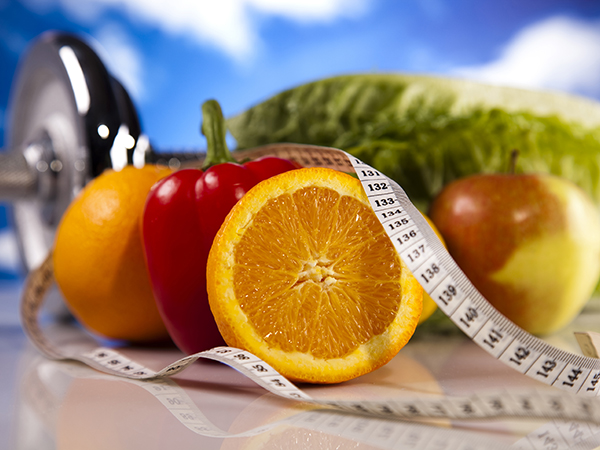The basic tenet of weight loss is to use more calories than you consume. If a person consumes three thousand calories but only consumes twenty-five hundred of these then there will be a surplus of five hundred calories. This surplus will be stored as fat which results in weight gain. However, if the same person consumes three thousand calories but uses thirty-five hundred calories he forces his body to fall back on fat reserves. This will result in weight loss. Consuming calories can be achieved by increasing physical activity through regular aerobic exercise. In addition to this, nutritious foods with lower calorie counts should be eaten. In any case, weight loss requires a change in life-style.
The first part of any successful weight loss programme is to make a diet plan and adhere to it. A healthy diet plan should include all the basic food groups in limited quantities. If you eat an excessive amount of even healthy food weight loss will not occur. A healthy diet should include food from all the major food groups. A good way to ensure this is to use a food pyramid. At the base are carbohydrates, then fruits and vegetables, then milk, cheese, yogurt, poultry, fish, meat and nuts and finally fats and oils.
Carbohydrates are the body’s go-to source for glucose to synthesise ATP which is the body’s energy unit. If there are no carbohydrates, the body falls back on fat and protein reserves. The best carbohydrates come from unrefined foods like whole grains. Carbohydrates should be eaten with protein to help to stabilize the blood sugar level. A person should have 6 servings of carbohydrates a day. Two servings of fruit and 3 servings of vegetables should be consumed a day. This can include green leafy vegetables, juices and citrus. Fruits and vegetables are important sources of vitamins and minerals that cannot be found anywhere else. The majority of them contain no unhealthy fats or cholesterol and they can help to lower the risk of and prevent problems like cancer and high blood pressure. The second tier of the food pyramid includes milk, cheese, yogurt, poultry, fish, meat and nuts.
There should be 3 servings of milk, cheese and yogurt and 2 servings of poultry, fish, meat and nuts per day. Milk, cheese and yogurt are the best sources of calcium which is necessary for strong bones and teeth. Poultry, fish, meat and nuts provide protein which is needed to build muscle. The more muscle a body possesses, the more calories it can burn and the faster it can lose weight. The top of the food pyramid includes fats and oils. These foods should be eaten sparingly but are still needed in a healthy diet. Saturated and trans-fats should be avoided but mono-unsaturated and poly-unsaturated fats should be included. These unsaturated fats can help to lower blood pressure and cholesterol. Omega-3 and omega-6 fats should be included in the diet since they are essential and cannot be found anywhere else.
In addition to making good food choices, a person should consume at least 8 glasses of water a day as part of a healthy diet plan. Controlling what goes into your body combined with regular exercise will help to maintain health and shed pounds. Aerobic exercise should be performed continuously for at least thirty minutes a day for at least 5 days a week.






